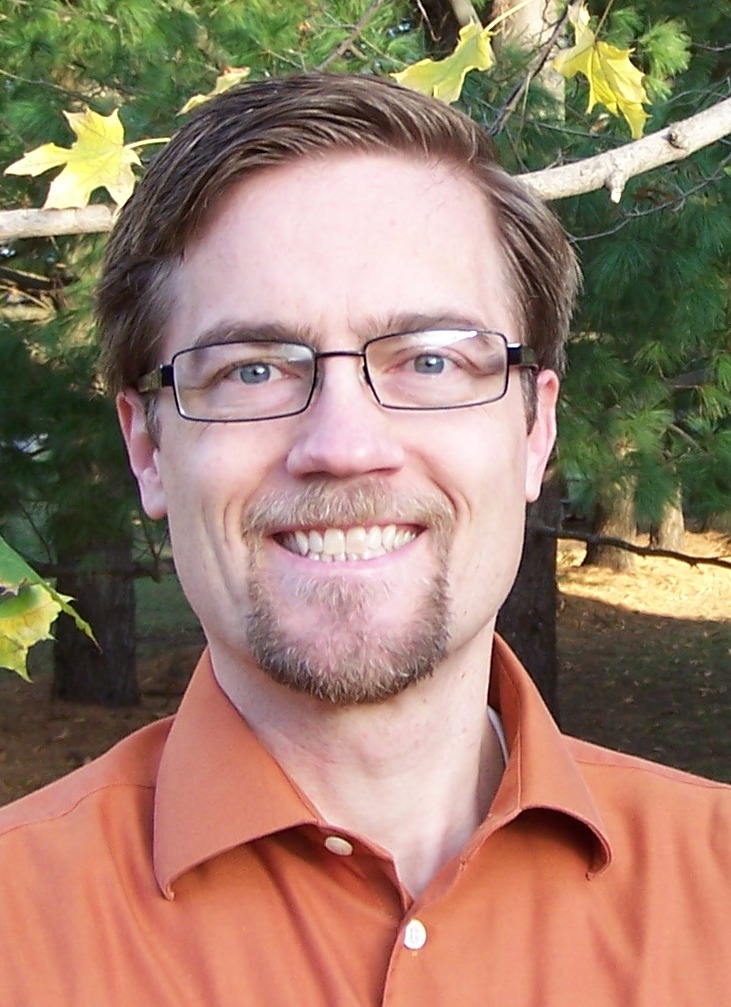A Q&A on Wisconsin's Science Standards
By Cindy Workosky
Posted on 2017-12-20
Wisconsin recently adopted new K–12 science education standards. Learn more about the standards in this Q&A with Kevin Anderson, Science Education Consultant for the Wisconsin Department of Public Instruction.
When were your science standards adopted and can you tell us a bit about them?
The standards were officially adopted on November 16, 2017.
With local control in Wisconsin, districts have been using the Framework for K–12 Science Education (Framework) and the Next Generation Science Standards (NGSS) for a long time. Data from an informal survey revealed that over 80% of districts were already using the NGSS to some extent before we officially adopted new standards. Therefore, when we brought together our writing committee, they supported the idea of staying true to those documents.
Are the standards based on the Framework and the NGSS?
Our Wisconsin Department of Public Instruction template for standards emphasizes K–2, 3–5, 6–8 and 9–12 grade bands. Our writing committee struggled with how to represent the three-dimensional nature of our standards (mirroring the NGSS) in this template. In the end, we decided to build from NGSS Appendices E, F, and G. We built from those grade-banded guides and encourage our educators to go to the Framework and NGSS for further depth in understanding these elements.
One change our committee made to the standards is to de-emphasize the Performance Expectations (PEs). We found that many districts around the state (and country) have been using them to determine curriculum and guide instruction. The committee wanted to help educators understand that while it’s essential that the three dimensions be integrated, they can be combined in various ways; a PE is only an example of one way to do it. We include the PEs in our document, but clearly label them as “examples” of three-dimensional performance indicators (“indicators” is a Wisconsin term). To emphasize the connection among our separated sections for each dimension, we added the following statement at the top of each part of the standards: “Students use science and engineering practices, disciplinary core ideas, and crosscutting concepts to make sense of phenomena and solve problems.” Each specific segment of our standards document about practices, core ideas, and crosscutting concepts only becomes a “standard” when it’s put into that statement as the practice, core idea, and/or crosscutting concept of focus.
Another change is the addition of a third Engineering, Technology, and the Applications of Science section, ETS-3. The committee titled it, “The Nature of Science and Engineering” because they felt that these ideas got lost in the NGSS and they were not sure if they were practices, crosscutting concepts, or an afterthought. The goal was to ensure these ideas receive a higher level of importance.
Did you have involvement from Wisconsin science teachers?
Yes. We had 26 committee members that included administrators, scientists, engineers, and higher education representatives, and K-12 teachers. Eric Brunsell, Associate Professor at UW-Oshkosh, and Christine Pratt, Science Coordinator at Kenosha Area School District, chaired our writing committee.
What excites you most about the standards?
As seen by the work already happening across Wisconsin, the standards provide an opportunity to revitalize science programs and more fully engage all students in making sense of relevant phenomena and solving meaningful problems. One tool that we’re excited about is Appendix A, which includes specific Wisconsin contexts and engineering connections linked to the core ideas of the standards.
What has been the response from science teachers in your state?
Teachers are glad the wait is over! Many feel justified to continue their use of the NGSS. Some districts have been waiting to move forward until they saw what the state would do, and now these teachers are grateful to join the same path of other districts. I’ve heard several comments that professional development around the science standards is increasing, particularly at the elementary level. Students will be the real beneficiaries.
What are your plans for implementation?
Telling stories and sharing our work will be critical. With so many district already years into this work, we need to learn from each other. I’ll continue to work with the Wisconsin Society of Science Teachers, our regional Cooperative Education Service Agencies, and local districts to support the learning of teachers and build/shared implementation resources. It’s wonderful that so many groups around the country are sharing ideas and resources already from which we can build.

Kevin Anderson
Visit the Wisconsin Department of Public Instruction to view the science standards.
A former middle school science teacher and education researcher, Kevin J. B. Anderson, PhD, NBCT, is the Science Education Consultant at the Wisconsin Department of Public Instruction.
Visit NSTA’s NGSS@NSTA Hub for hundreds of vetted classroom resources, professional learning opportunities, publications, ebooks and more; connect with your teacher colleagues on the NGSS listservs (members can sign up here); and join us for discussions around NGSS at an upcoming conference.
The mission of NSTA is to promote excellence and innovation in science teaching and learning for all.
Future NSTA Conferences
National Conference
Disclaimer: The views expressed in this blog post are those of the author(s) and do not necessarily reflect the official position of the National Science Teaching Association (NSTA).


